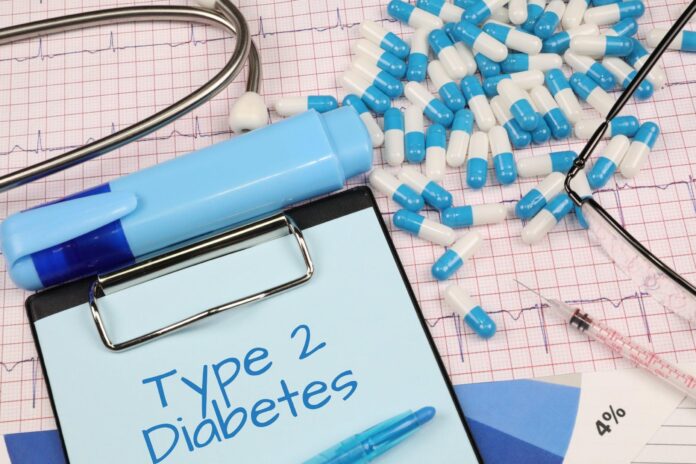
Diabetes is a chronic condition that affects millions of people worldwide. Type II diabetes, in particular, is a prevalent form of the disease that requires proper management to prevent serious complications. In this article, we will delve into the causes, symptoms, and treatments of Type II diabetes to help you better understand this condition.
Causes of Type II Diabetes
Type II diabetes, also known as adult-onset diabetes, occurs when the body becomes resistant to the effects of insulin, the hormone responsible for regulating blood sugar levels. This resistance leads to high levels of glucose in the blood, which can cause a variety of health problems.
There are several factors that can contribute to the development of Type II diabetes, including genetics, lifestyle choices, and underlying health conditions. People with a family history of diabetes are at a higher risk of developing the disease, as are individuals who are overweight or obese.
Other risk factors for Type II diabetes include a sedentary lifestyle, poor diet, and age. As we age, our bodies become less efficient at producing and using insulin, making us more susceptible to developing diabetes.
Symptoms of Type II Diabetes
The symptoms of Type II diabetes can vary from person to person, but common signs include increased thirst, frequent urination, fatigue, and blurred vision. Some individuals may also experience unexplained weight loss, slow-healing wounds, and numbness or tingling in their hands and feet.
It’s important to note that some people with Type II diabetes may not experience any symptoms at all, especially in the early stages of the disease. This is why regular check-ups and screenings are crucial for detecting diabetes early and preventing complications.
Treatments for Type II Diabetes
The management of Type II diabetes typically involves a combination of lifestyle changes, medication, and monitoring blood sugar levels. Here are some common treatments for Type II diabetes:
1. Diet and Exercise: One of the most effective ways to manage Type II diabetes is through diet and exercise. Adopting a healthy eating plan that focuses on whole foods, fruits, vegetables, and lean proteins can help control blood sugar levels. Regular physical activity is also essential for managing diabetes, as it helps improve insulin sensitivity and aids in weight management.
2. Medications: In some cases, medication may be necessary to help control blood sugar levels. There are several types of medications available for treating Type II diabetes, including oral medications such as metformin, sulfonylureas, and thiazolidinediones. Insulin therapy may also be recommended for some individuals with Type II diabetes.
3. Monitoring Blood Sugar Levels: Regular monitoring of blood sugar levels is essential for individuals with Type II diabetes. This can be done using a blood glucose meter at home or through regular visits to your healthcare provider. Maintaining healthy blood sugar levels can help prevent complications such as heart disease, kidney failure, and nerve damage.
4. Weight Management: Maintaining a healthy weight is crucial for managing Type II diabetes. Losing even a small amount of weight can significantly improve insulin sensitivity and blood sugar control. Working with a healthcare provider or a registered dietitian can help you develop a personalized weight management plan.
5. Regular Check-ups: It’s important for individuals with Type II diabetes to schedule regular check-ups with their healthcare provider. These appointments can help monitor blood sugar levels, assess the effectiveness of treatment, and make any necessary adjustments to the treatment plan.
In conclusion, understanding Type II diabetes is essential for managing this chronic condition effectively. By recognizing the causes, symptoms, and treatments of Type II diabetes, you can take proactive steps to improve your health and prevent complications. If you have any concerns about diabetes or suspect you may have the disease, be sure to consult with your healthcare provider for a proper evaluation and treatment plan.












